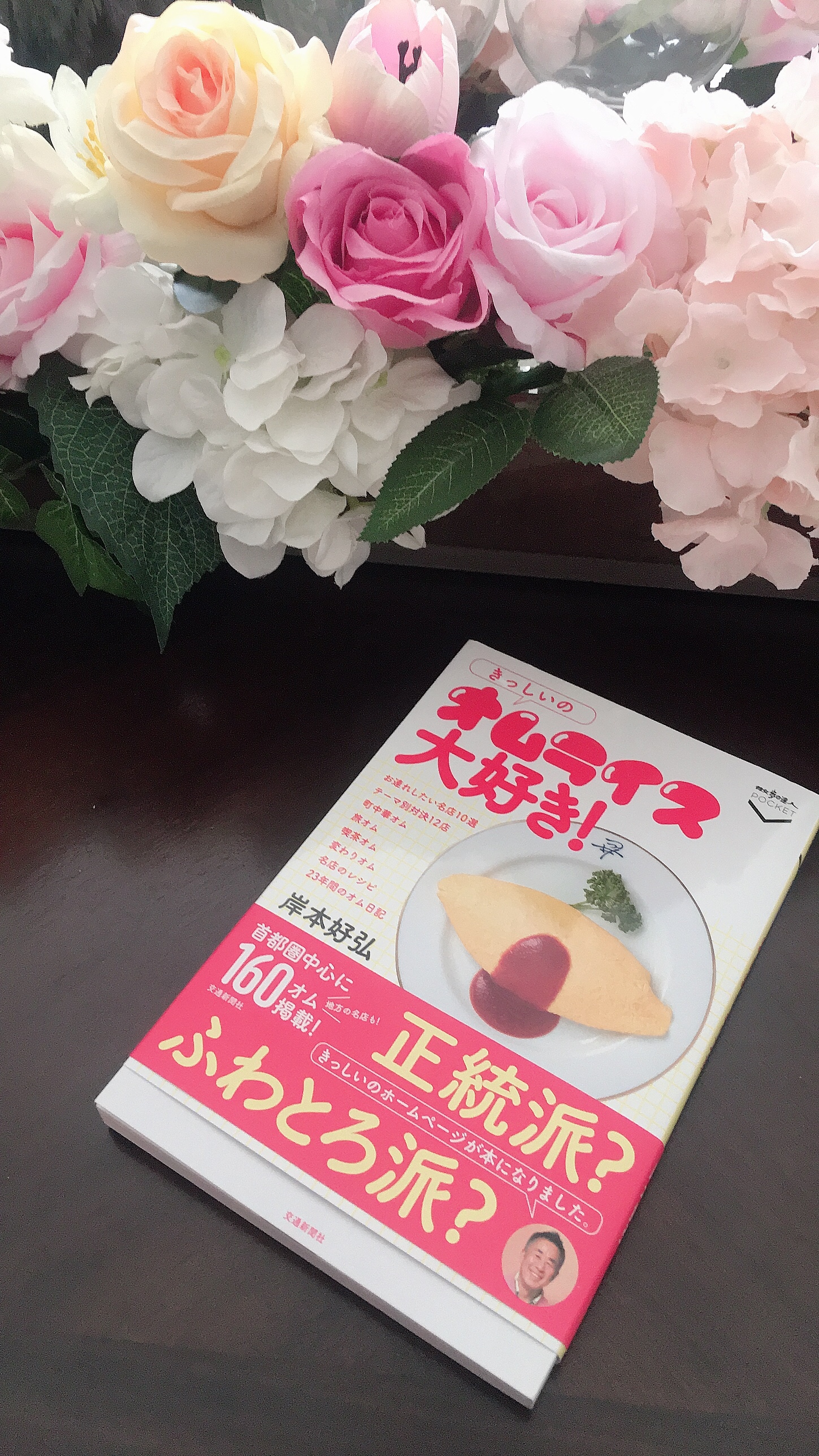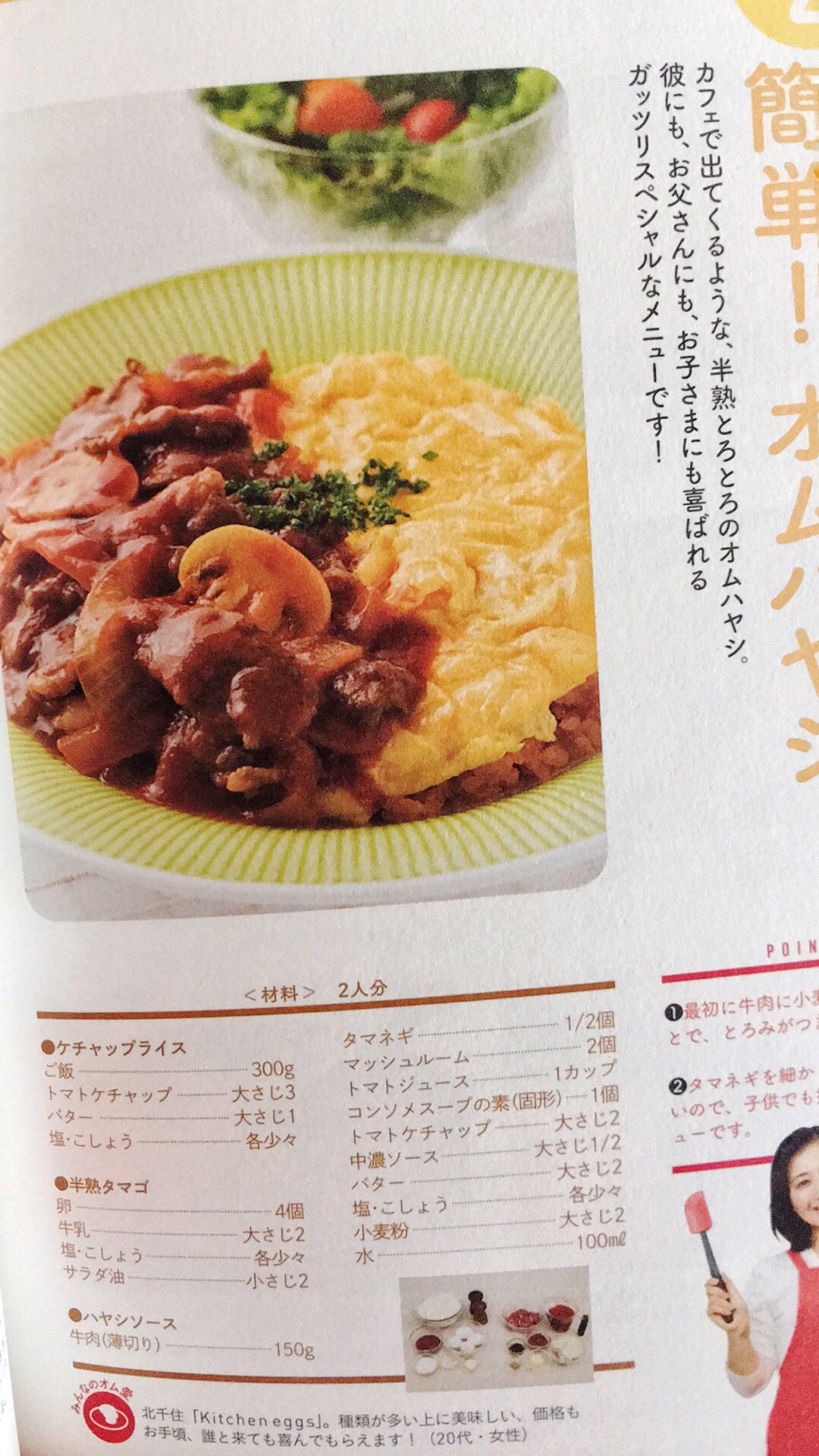What’s yellow, red , and light as a cloud?
…
…
I’ll pretend that everyone guessed omurice… (^ o ^)
On March 19, 2019, Yoshihiro Kishimoto (who also goes by the name Kissy pronounced kisshī) published a book titled Kissy’s I Love Omurice! (kisshīno Omuraisu Daisuki) that commemorates his gastronomic, self-guided omurice journey for the past 23 years and counting! For those who don’t know what omurice is, click on this link (they say a picture is worth a thousand words).
Based on Kissy’s blog that he started in 1996, which has archived more than 1300 omurice dishes that he had eaten across Japan (and abroad), the book offers a glimpse into Kissy’s world as it features 160 kinds omurice (within a span of 127 pages) that you can find in restaurants across Tokyo, Japan.
About the Book
This book is filled with bright, colorful images of omurice that’ll tease your appetite and make you regret that you’re not in Japan. So, before you book that flight, let’s go through what the book has to offer first. Chapter 1 titled “Omu-guide” begins by taking readers on a delectable tour of Kissy’s top ten restaurants, which is followed by a series of journal-like entries that document other places he’s eaten at. In this section, you’ll be surprised at just how many different types of omurice there are in Japan! In fact, according to the classification table created by omurice-guru Kissy, there are a total of 27 different flavor/texture combinations for omurice! (See page 89 for details!). Chapter 2 covers the basics of omurice (consider it like a crash course OMURICE 101). You’ll gain insight about the 100 year-old-history of omurice culture in Japan and how it changed across time. You’ll learn what distinguishes omurice from other popular Japanese food that use eggs and rice as mains such as tenshinhan and chakin sushi, as well as, the differences between omurice in Japan vs. abroad.
One of the most interesting segments of this chapter is the interview between Kissy and Satomi Era from Teikyō Heisei University where they discuss the psychology behind colors to understand why people are drawn to omurice. According to Era, “the reason why adults find omurice appealing to eat is because the yellow and red color scheme evokes a sense of nostalgia and, specifically, feelings of love that have been imprinted in our minds since we were babies.” (Who knew?!) Lastly, chapter 3 titled “Omu-recipes” provides 3 fun recipes that you can try out yourself and practice until you become an omurice master! (Omurice looks easy to make! But it requires some skill and technique!). I tired making the omu-hayashi, which is a combination of omurice and hayashi rice—a tomato based sauce with thin slices of beef—kind of like a curry. The egg was so hard to perfect T^T but it turned out very tasty!!
Overall, while this book seems playful and fun on the surface, it’s informative and useful. It’s also a book that contains lots of love (as if you couldn’t tell by the title by now). According to Kissy, he envisions a future where omurice will join the ranks of sushi and rāmen on a global scale where one day people will become so familiar with it and say “Of course, we love omurice!” (123).
Although the book isn’t translated (yet), you can purchase a hard copy here. Take it with you as food itinerary and use the index at the back of the book to rate and record your own omurice food adventure!


